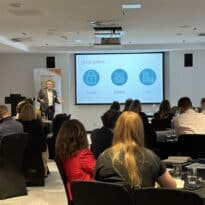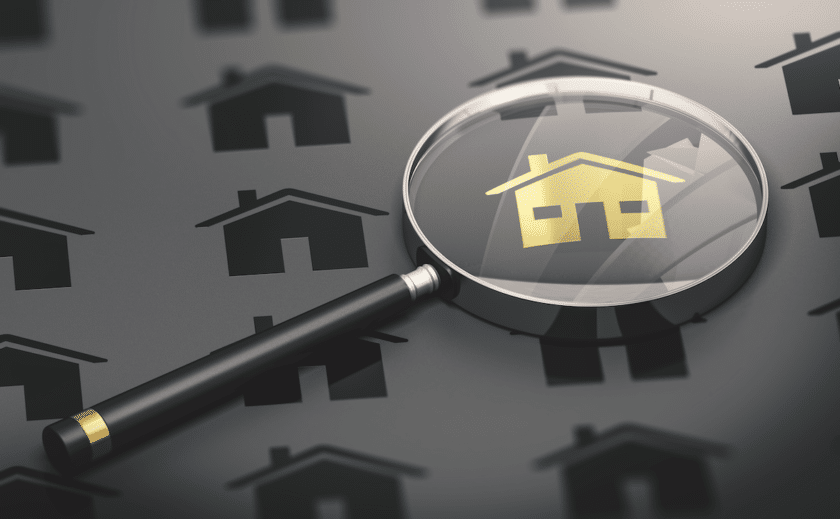VAT can be an afterthought in the property purchase process and can catch out clients. Stephen McPhillips, technical sales director, Dentons Pension Management Limited, explains how.
Purchase of commercial property via self invested personal pensions (SIPP) and small self administered schemes (SSAS) continues to be a popular course of action taken by clients – particularly amongst owners / managers of businesses.
There are many reasons for this, and the client’s individual circumstances will dictate their motivation for making an investment of this type; it may be to achieve a stable (and often rising) stream of tax-free income to the pension scheme or it could be for long term capital growth in the value of the property (which will be free of Corporation Tax / Capital Gains Tax upon eventual disposal by the pension scheme). Regardless of the underlying reason, paraplanners may encounter a property purchase enquiry from a client at some point in their career.
Every property is unique, and assuming that the property is acceptable in principle to the provider of the SIPP / SSAS, it is essential to ensure that the funding structure works in practice. By this I mean that it needs to be clear how the purchase price plus all associated costs of acquisition will be met. If there is a shortfall somewhere within the funding structure, that could mean that the transaction cannot take place, which in turn could mean that the client’s objective cannot be achieved – and perhaps a lot of time would have been wasted in the process.
Costs of acquisition
As well as being able to meet the purchase price itself, the SIPP / SSAS as purchaser (and any joint parties in the case of a joint purchase) must be able to pay for other aspects involved in the transaction. These can include:
- Stamp Duty Land Tax (SDLT) or Land and Buildings Transaction Tax (LBTT) in Scotland (if applicable);
- Legal fees;
- Survey / valuation fees (if applicable);
- Provider fees;
- Adviser fees if these are being met from the pension scheme;
- Valued Added Tax (VAT) (if applicable).
Although VAT is the last item listed above, in actual fact it should have much more prominence than this. Often, however, it is a bit of an afterthought in the whole process and that can catch clients out.
VAT
One of the first facts to bear in mind about commercial property and VAT is that there is no rule of thumb regarding which properties will and won’t be subject to VAT on the purchase price; for example, one property might have been “elected for VAT” (thereby placing it into the VAT world) whereas an almost identical property next door might not have been (meaning that it does not sit in the VAT world). The vendor of the property (or the vendor’s agent or solicitor) would need to confirm the VAT status of the property early on in the process. Where the property is subject to VAT then VAT must be charged on the rent paid by the tenant(s) of the property.
If VAT is payable on the purchase price, it equates to 20% of the purchase price. Hence, a property purchase price of £500,000 would mean that VAT of £100,000 would be payable on top. It is possible for a SIPP / SSAS to be registered for VAT and for the VAT element of the purchase to be reclaimed from HMRC and remitted to the SIPP / SSAS bank account.
It is crucial to note at this point that any SDLT / LBTT liability is based on the purchase price PLUS VAT. In the case of the above example, the SDLT / LBTT liability would be calculated on a purchase price of £600,000.
Unlike VAT, SDLT / LBTT cannot be reclaimed by the SIPP / SSAS.
In some circumstances, however, although a property is elected for VAT, VAT might not be payable on the purchase price and specialist VAT advice should always be sought and obtained by the client.
Transfer of a going concern (TOGC)
If a TOGC applies, normally VAT would not need to be paid on the purchase price.
Under the conditions of a TOGC, the business of leasing out a commercial property doesn’t change from one owner to another – a “going concern” – and VAT does not need to be charged on the purchase price. The presence of a tenant with a lease pre and post SIPP / SSAS purchase is one of the main criteria for a TOGC to apply, although there are other conditions. For the TOGC to apply, the SIPP / SSAS trustees would have to register for VAT and opt to tax the property.
As a consequence of no VAT being payable on the purchase price, any SDLT / LBTT liability would be based on the purchase price excluding VAT i.e. in the example above, the purchase price of the property would be £500,000 (rather than £600,000).
Conclusion
Readers will note from the above that the presence (or otherwise) of VAT in a property transaction can be a very significant factor and it could render a potential purchase unviable in some cases. However, with the right input from a specialist provider and from a specialist VAT adviser, a client might well be able to achieve his or her investment objectives.





























